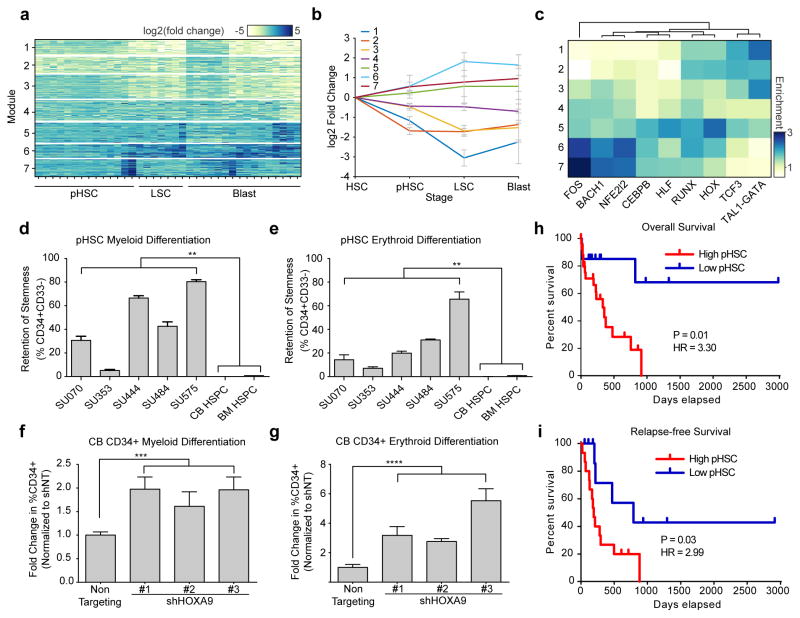Figure 7. Early chromatin accessibility alterations within pHSCs cause defects in differentiation which correlate with adverse patient outcomes.
(a) K-means clustering was used to identify 7 clusters of co-varying peaks, termed regulatory modules (see methods).
(b) Enrichment of each regulatory module shown in (a) at each stage of leukemia evolution. All biological replicates for each AML cell type were merged. Error bars shown represent 1 S.D. across all samples of that given cell type.
(c) Enrichment and hierarchical clustering of motifs enriched in each of the 7 AML-specific regulatory modules.
(d,e) Retention of CD34 expression as measured by flow cytometric analysis after 6 days of enforced differentiation down the (d) myeloid lineage and (e) erythroid lineage. Error bars represent 1 S.D. Experiments done in triplicate.
(f,g) Fold change in the percent of cells expressing CD34 as measured by flow cytometric analysis of cord blood-derived HSCs transduced with shRNAs targeting HOXA9 or a non-targeting control. CD34 expression was measured after 6 days of differentiation down the (f) myeloid or (g) erythroid lineage. Only GFP+ transduced cells analyzed. Error bars represent 1 S.D. Experiments done in triplicate.
(h) Overall and (i) relapse-free survival of patients stratified by pre-leukemic burden (High burden, N=24; Low burden N=15). High pre-leukemic burden defined as > 20% of HSCs harboring at least the first pre-leukemic mutation. P values comparing two Kaplan-Meier survival curves were calculated using the log-rank (Mantel-Cox) test. Hazard ratios (HR) were determined using the Mantel-Haenszel approach.
**p<0.01, ***p<0.001, ****p<0.0001 derived from two-tailed t-test

